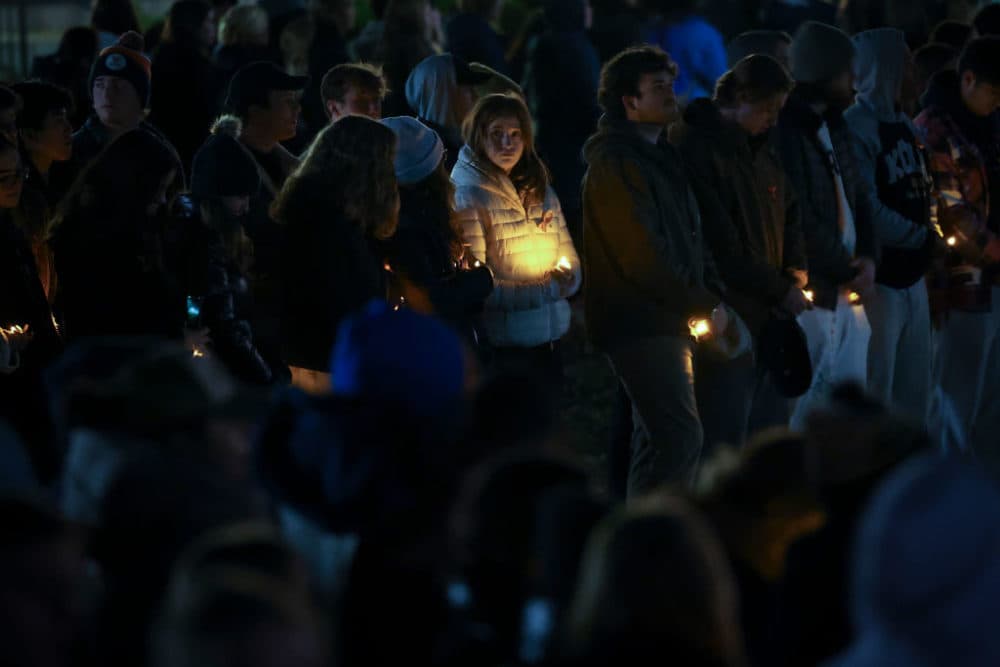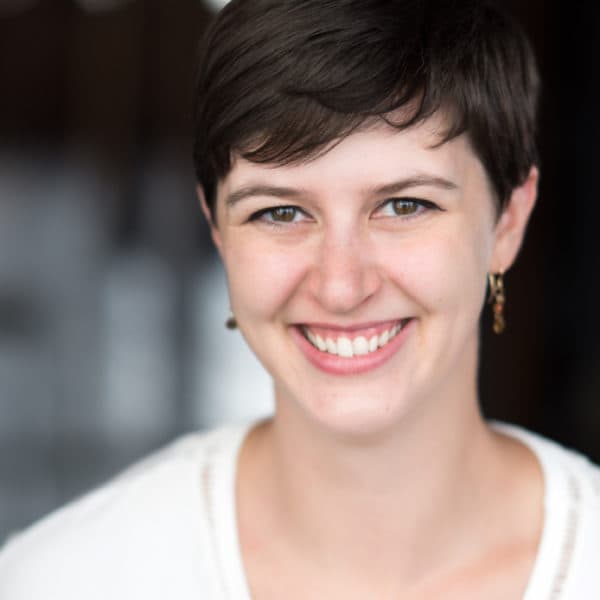Advertisement
Commentary
At UVA, choosing to believe in a 'path out of the darkness'

Normally, Sunday evenings are quiet affairs in Charlottesville. While some University of Virginia students will try to keep the weekend going for as long as possible, in bars on “the Corner” and Greek life houses clustered around Culbreth and Rugby Road, most are staking out comfortable, quiet spots in libraries and dorm rooms. The town is tranquil, too. This past Sunday, some students were returning home from a class trip to see a play, in Washington, D.C., when, in a heartbeat, normality transformed violently into tragedy.
I grew up in Charlottesville, a city that surrounds the university in such a way that it can feel like there’s no clear distinction between town and school. As a child, I trick-or-treated on the Lawn, participated in mentorship programs on the grounds, shot hoops in Mem Gym and U-Hall and cheered on the Cavaliers. I spent four years at UVA as an undergrad, worked two as a first-year resident advisor, researched for professors and met my husband in a history class. It has been, and will always be, a part of me.
I’m out of state now, but when I unlocked my phone from “do not disturb” on Monday morning, I received the immediate gut punch of news and emergency notifications: “Shelter in place. ACTIVE ATTACKER. RUN HIDE FIGHT.” The pain spread with the realization that it wasn’t over, that after the vibrations of emergency notifications shattered the serenity of a Sunday night, the extending silence and fear while waiting for an “all clear” had stretched into Monday morning. I thought of my family, my former students and my friends. Were they at home? Or, if stuck in a library or in the nearest building — were they safe? Was it going to get worse?
On April 20, 1999, 12 students and one teacher were murdered during a school shooting in Columbine. At 9, I couldn’t really wrap my head around what happened, besides being terrified by the prospect, and comforted that it was far away from Charlottesville. Then, in 2002, middle school road trips to D.C. and Richmond for AAU basketball became extended moments of terror due to the “Beltway sniper.” Junior year was stopped in its tracks on April 16, 2007, as we texted our friends at Virginia Tech to ascertain whether they were alive, if they were safe.
These moments of gun violence and school shootings defined my adolescence, and I’m thinking about them as I park my car in the faculty parking lot at the high school where I now teach. I pull up my schedule to look at the week ahead. Right: There’s a lockdown drill on Friday.
During last year's drill, I pulled two students into my office and had them hide under the desk while I turned the lights off and locked the door. My office door is see-through glass. I shushed them while they giggled. I thought back to the previous drill, when I tried to fit 16 students into the least visible corner of the room, then tried to keep them quiet while I turned the lights off and locked the door. Here’s the thing about high schoolers — when they want to be, they are very observant and swiftly sniff out BS. They make statements like “but the door is glass,” and “all our stuff is on the floor, of course they can see kids are in here,” and “what is locking the door going to do?” and “the windows don’t open,” and my silence isn’t just modeling appropriate drill behavior; it is a tacit agreement that they are right.
Advertisement
The Monday morning after the shooting, I held the door open for morning assembly, smiling and greeting high schoolers as we gathered in one large room (one, two, three exits, one at the back, two at the front — which one’s closest?) for morning announcements. Student leaders stood up and shared updates about athletic endeavors, community service opportunities, today’s lunch menu — normal stuff. Also normal to them: mass shootings, school shootings, emergency alert notifications that will light up a whole room as 500 phones open to the same message at the same time, and that message might read, “RUN HIDE FIGHT.”
Later in the morning, my sophomore class reviewed Thomas Hobbes’ “Leviathan” and his theory on absolute sovereignty. The violence of civil war shaped Hobbes’ attitude towards human nature and political theory, leading him to be unanimously labeled as a pessimist by my class, since Hobbes describes the life of man as “solitary, poor, nasty, brutish, and short.” Fair enough. For Hobbes, absolute sovereignty is acceptable provided that the sovereign protects the subjects’ lives and property. Otherwise, without security, we are on our own and rely only on what individual strength can furnish, and life will be lived in continual fear and danger of violent death.
In the absence of a government that is willing to protect our lives, am I, too, a pessimist? Have I resigned myself to gun violence as the new normal? Have my students? Drills aren’t going to prevent the next shooting. Our school security isn’t going to prevent the next shooting. No amount of professional development or rehearsal of nightmare scenarios in my idle moments is going to prevent the next shooting. These are merely risk mitigations, not preventions.
But I’m also thinking of a passage my husband shared with me just a few days ago, from Danièle Cybulskie’s “How to Live Like a Monk”:
“Everyone will struggle in life; there is not one exception to this rule. But the tower does not remain under siege if the battle is already won. We will not always feel sad or afflicted, much as it may seem that way sometimes. As long as there is life, there is hope that things will get better, and when we focus on that hope, we are already on the path out of the darkness.”
On Monday night, in response to the darkness, the UVA community gathered together on the Lawn and it was full, and glowing, with light. It cannot replace the lives lost. It cannot prevent another shooting. But it does guide, and it does inspire. And as an educator, I must believe in that. Otherwise, I cannot find the path out of the darkness.
